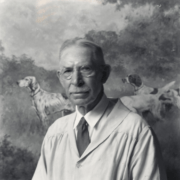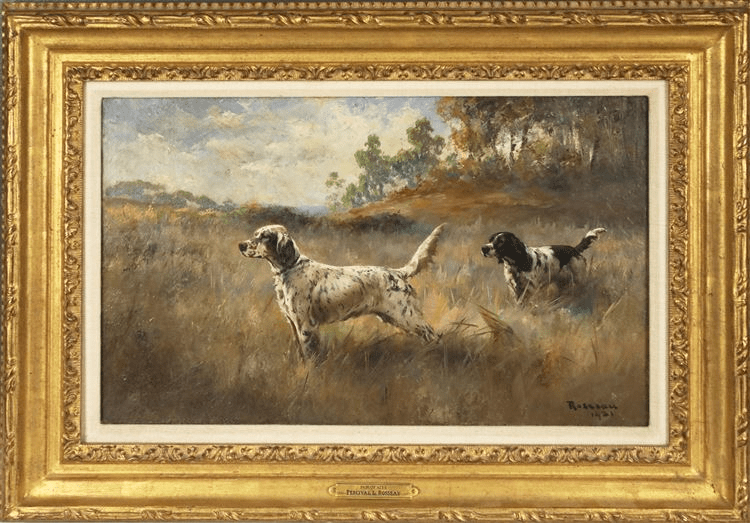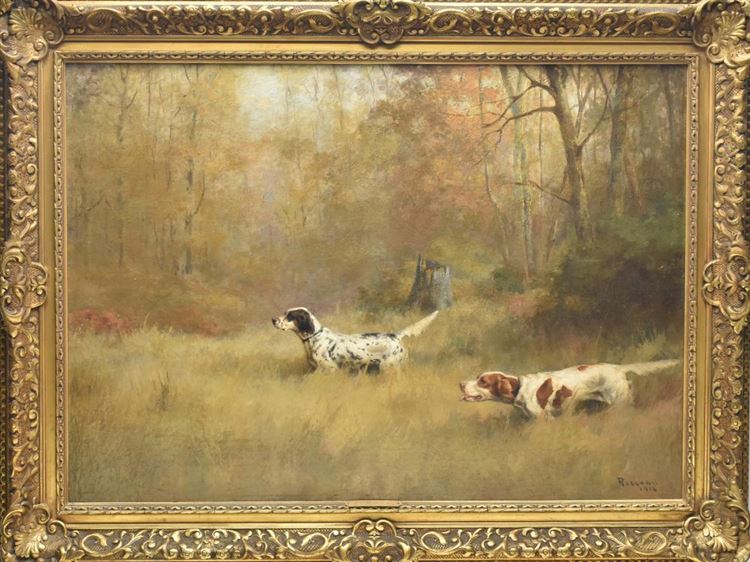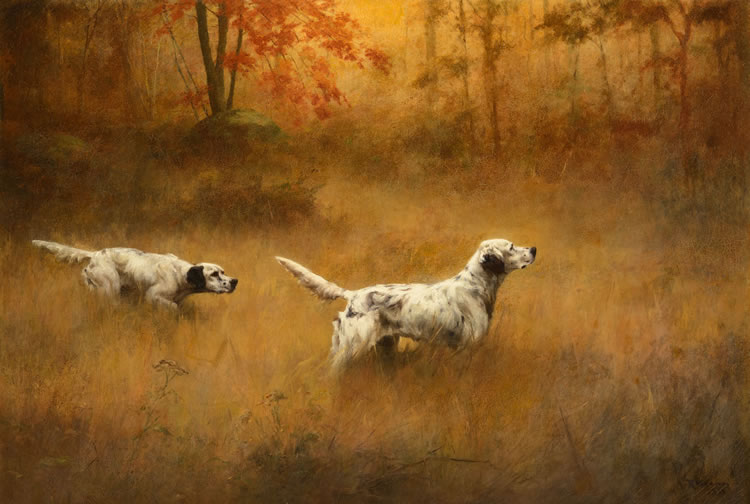1859 – 1937
Born of French descent in Pointe Coupée Parish, Louisiana, on September 21, 1859. His father and two older brothers were killed during the Civil War; his mother had also died, and the Union General W. T. Sherman destroyed the family plantation during the Mississippi campaign. Rosseau and his sister were rescued by a slave, and the two were raised by a family friend in Kentucky.
Rosseau was educated in a private school and taught to shoot and fish by his guardian. He began working at seventeen, trying his hand at various trades to earn a living for himself and a dowry for his sister. He worked as a cowboy along the Chisholm Trail from Mexico to Kansas for six years, then purchased a stand of timber with an eye toward entering the lumber business. The venture failed when the logs sank to the bottom of the river, while he was rafting them along the water. He eventually owned an import business which provided him with enough income that he retired at age 35, leaving the business in the hands of a partner and sailed to Paris, France to study art at the Academie Julian.
His painting of a pair of Irish wolfhounds won such acclaim at the 1904 Paris Salon exhibition that his destiny as a painter of dogs was cast. Returning to the United States, he found a ready market for his work among wealthy gentlemen sportsmen. He captured the “tense action of hunting dogs and usually showed them in a romantic landscape.”
Rosseau headed west from California. On the ship from San Francisco to Honolulu he met Nancy Bidwell and they became engaged before they landed. The newly engaged couple stayed in Hawaii as guests of friends made on board until her vacation ended, at which point she returned home to Chicago, IL, and he went on to Japan and points west.
Arriving finally in Paris, he entered the Académie Julian. While there he studied under Jules Lefebvre and Tony Robert-Fleury. He married after settling in Paris; when his partner in his import business emptied the company accounts and fled to Brazil in 1898, it was Nancy’s dowry that enabled the couple to stay in France so that Rosseau could continue his studies. Not having the patience to flatter a portrait sitter, he began his studies painting classical subjects, but after a picture of Diana with two wolfhounds met with acclaim he adopted sporting dogs as his sole subject.
Although he remained in France until 1915, Rosseau made several trips to the United States to exhibit and fulfill numerous commissions; his skill in depicting the sporting dog in the field put him very much in demand, and his paintings remain among the most sought-after of their kind.
When he was compelled by the onset of the First World War to return to the United States permanently, he settled in Lyme, CT, and took part in the Old Lyme artists’ colony. He also spent time at the estates of his wealthier patrons, who invited him to shoot and paint on their properties; notable among these was Percy Rockefeller. Rockefeller lent Rosseau his dogs for use as models and built a studio for him to use during the late fall, winter, and early spring at Overhills, his private hunting club in Fayetteville, NC.
Rosseau was a member of the Pennsylvania Academy of the Fine Arts, the Lotos Club in New York City, and the Lyme Art Association. He exhibited at the Paris Salon, the Lyme Art Association, and prominent galleries in New York City and elsewhere. He painted a foxhunting scene that was reproduced in A. Henry Higginson’s Two Centuries of Foxhunting. His painting titled In the Woods is at the University of Rochester (NY) Memorial Art Gallery; Beginning the Day is at the Hecksher Museum of Art in Huntington, NY; the paintings Pointer Dogs and Hunting Dogs are in the Columbus (OH) Museum of Art.




